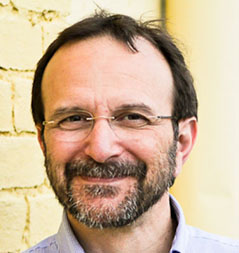Mark Martin joins Vincent and Michael to present compelling papers suitable for teaching microbiology to undergraduate students.
The TWiM team explores a stingless bee that requires a fungal steroid to pupate, and colonic biofilms containing tumorigenic bacteria in patients with colorectal polyps.
Vincent, Michael, and Michele explain the use of an electrochemical gradient to eliminate bacterial biofilms, and how phage susceptibility can be transferred by exchange of receptor proteins.
Jennifer joins Vincent, Elio, and Michael to talk about the work of her laboratory on how a respiratory virus enhances bacterial growth by dysregulating nutritional immunity.
Vincent and Elio marvel in the finding that a phage tail-like structure from a marine bacterium stimulates tubeworm metamorphosis, and reveal Ophidiomyces as a cause of snake fungal disease.
Vincent, Michael, and Michele discuss how iron might disperse bacterial biofilms in carotid arterial plaques, and controlling Salmonella by modulating host iron homeostasis.
Vincent, Elio, and Michele discuss how to synthesize a designer yeast chromosome, and deciphering the genetic changes path that allowed Yersinia pestis to be transmitted by fleas.
Vincent, Elio, Michael, and Michelle discuss a symbiosis between a bacterium and fungus that increases the virulence of oral biofilms, and the assembly of amyloid fibers, which are needed for biofilm formation.


